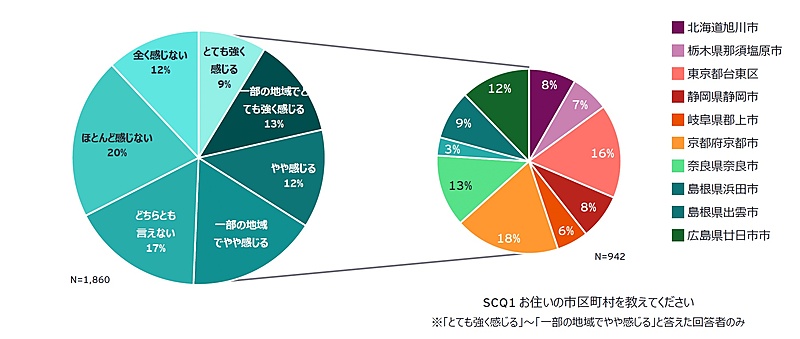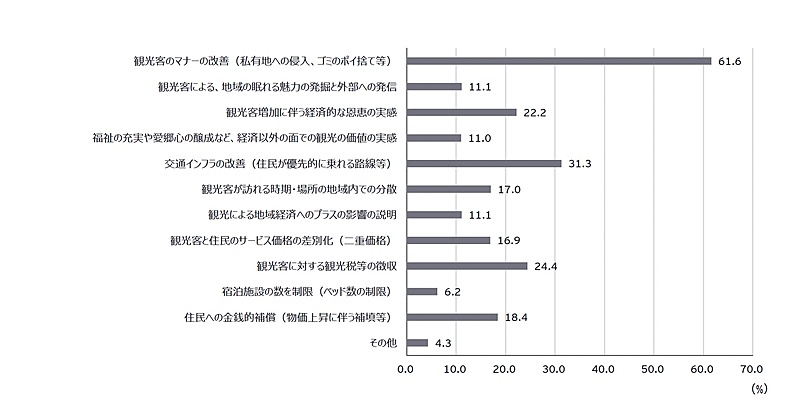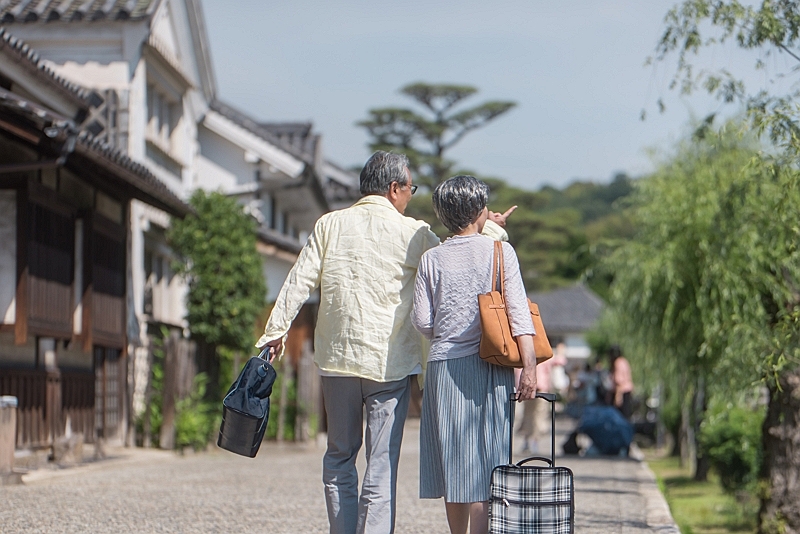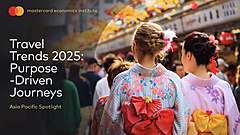
EY Strategy and Consulting (EY Japan) has issued an insight report on over-tourism in Japan to introduce countermeasures taken in foreign countries and to reveal results of the survey on over-tourism to 1860 people in 10 cities in Japan.
“The tourism industry is becoming a big export industry for Japan catching up with the automobile industry. Over-tourism is one of the challenges for Japan to boost growth of the tourism industry,” Tomotaka Hirabayashi, Partner, Strategic Impact at EY Strategy and Consulting, said. “The report clarifies that to let Japanese people know economic benefit through tourism and to take actions not to damage daily life are required for economic growth through tourism.”
Three major countermeasures against over-tourism
The report introduces three major countermeasures in foreign countries to control tourists.
The first countermeasure is to charge additional fees on tourists like a pilot program in Venice to charge 5 Euros on day-trippers. In Japan, Himeji Castle is considering raising an admission fee for an international visitor to around $30.
The second countermeasure is to restrict stays by tourists physically, like new rules to short-term house rental or cruise restrictions in Amsterdam or Barcelona.
The third countermeasure is pre-booking system, which has been introduced in Sagrada Familia in Barcelona and Yosemite National Park in U.S. In Japan, Mt. Fuji has introduced the pre-booking system since July this year.
Hirabayashi said, “Those actions need not only initiatives by business operators or governments but also discussions with local communities.”
About 50% of local residents feel over-tourism is happening
The results of the awareness survey on over-tourism in selected 10 cities in Japan finds that about 40% welcome tourists, and including ‘don’t care about tourists,’ about 70% feel positive in receiving tourists.
On the contrary, people who feel over-tourism is happening account for about 50%, including 9% in ‘strongly feeling it’ and 13% in ‘strongly feeling it in part of areas.’ Among the selected 10 cities, the high ratios are seen in Kyoto City, Taito, Tokyo with Asakusa and Hatsukaichi, Hiroshima with Miyajima.
 自身の地域がオーバーツーリズムだと感じていますか(報道資料より)。
自身の地域がオーバーツーリズムだと感じていますか(報道資料より)。
The biggest reason for over-tourism is an increase in international visitors (59%), followed by increases in both international and domestic visitors (24%).
The top three bad influences from over-tourism are ‘violation against manners,’ ‘overcrowded public transportation and roads’ and ‘overcrowded neighborhood to tourism attractions.’
The highest-demanded improvement by local residents is ‘improvement of tourists’ manners’ with 61.6%, followed by ‘improvement of public transportation’ with 31.3%, ‘charging tax on tourists’ with 24.4% and ‘to feel reality of economic benefit’ with 22.2%.
 観光客の多い現状がもたらす不満・課題は、どうすれば解消できると思いますか(報道資料より)。
観光客の多い現状がもたらす不満・課題は、どうすれば解消できると思いますか(報道資料より)。
Consensus building in a community is required
The Japanese government recently said that the goals of 60 million international visitors and of 15 trillion yen in spending in 2030 can be accomplished when the current inbound travel market trend is considered.
Hirabayashi, however, warned that over-tourism may be an obstacle against the goals. To solve the issue, all of local stakeholders, including even tourists, need to think about over-tourism as their own issue, and a community management to build consensus is required. Hirabayashi defined the actions as ‘Re-Generation.’





